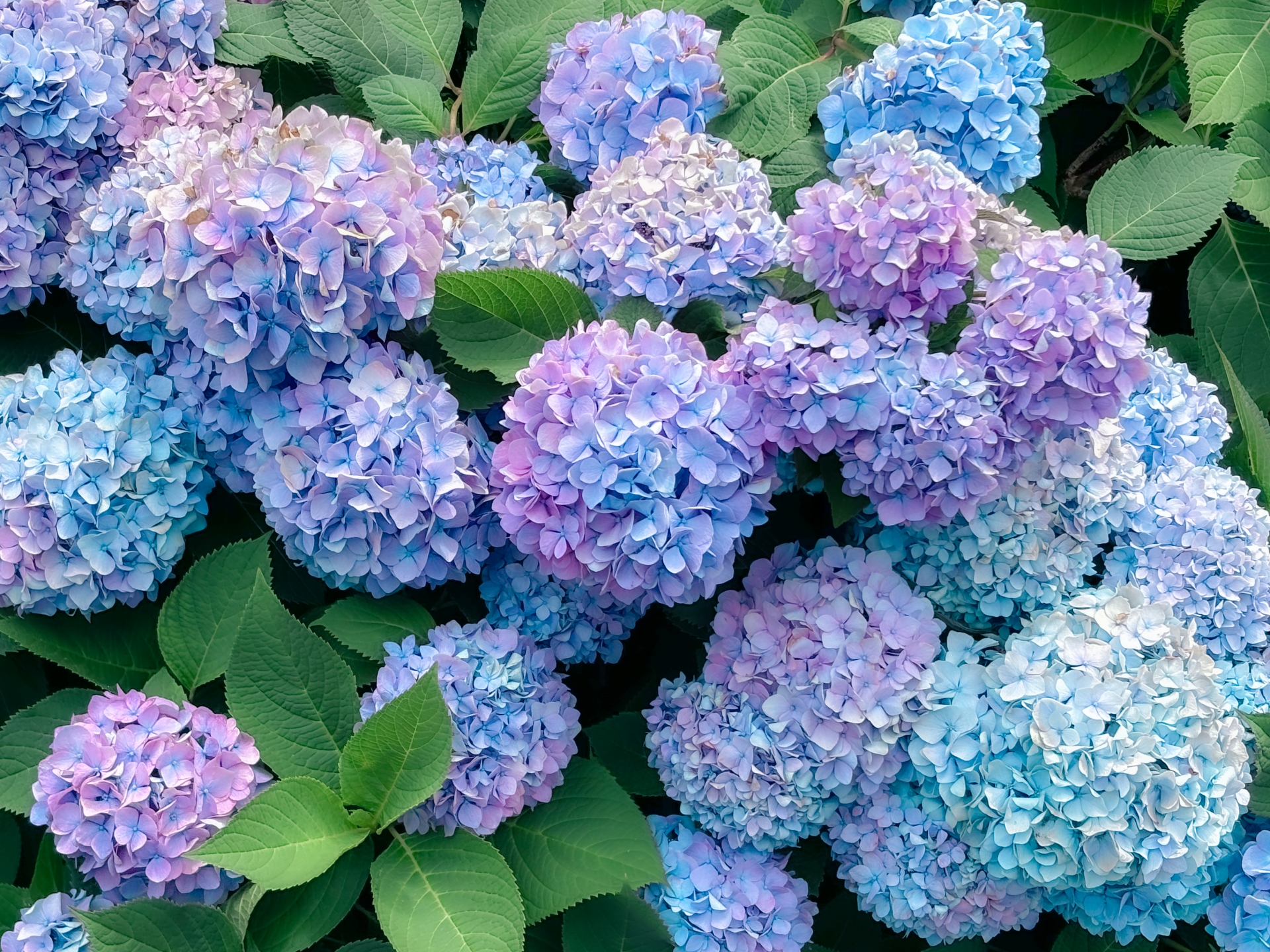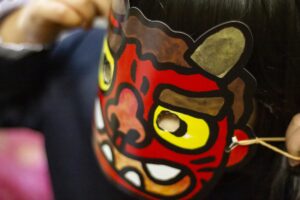Japan’s rainy season, tsuyu, typically runs from early June to mid-July, marking a period of increased rainfall and humid weather. While this season can disrupt travel plans, it offers a unique cultural experience, showcasing Japan’s lush landscapes and beautiful traditions. Whether you’re planning a trip or living in Japan, this guide will help you make the most of tsuyu with practical advice and exciting activities.
What is Tsuyu? Understanding Japan’s Rainy Season
Japan’s rainy season, tsuyu, is a unique weather pattern with deep cultural significance.
Overview of Tsuyu
Tsuyu(or Baiu) is Japan’s rainy season, caused by the meeting of warm, moist air from the Pacific and cold air from the continent. This collision creates an extended period of rainfall that affects most parts of Japan, excluding Hokkaido. The season typically begins in early June and lasts until mid-July, though specific dates vary by region.
In Okinawa, the rainy season starts in mid-May and ends by June, while in northern areas like Tohoku, tsuyu can extend into late July. Understanding these regional variations can help travelers plan effectively around the wet weather.
Regional Variations in Tsuyu
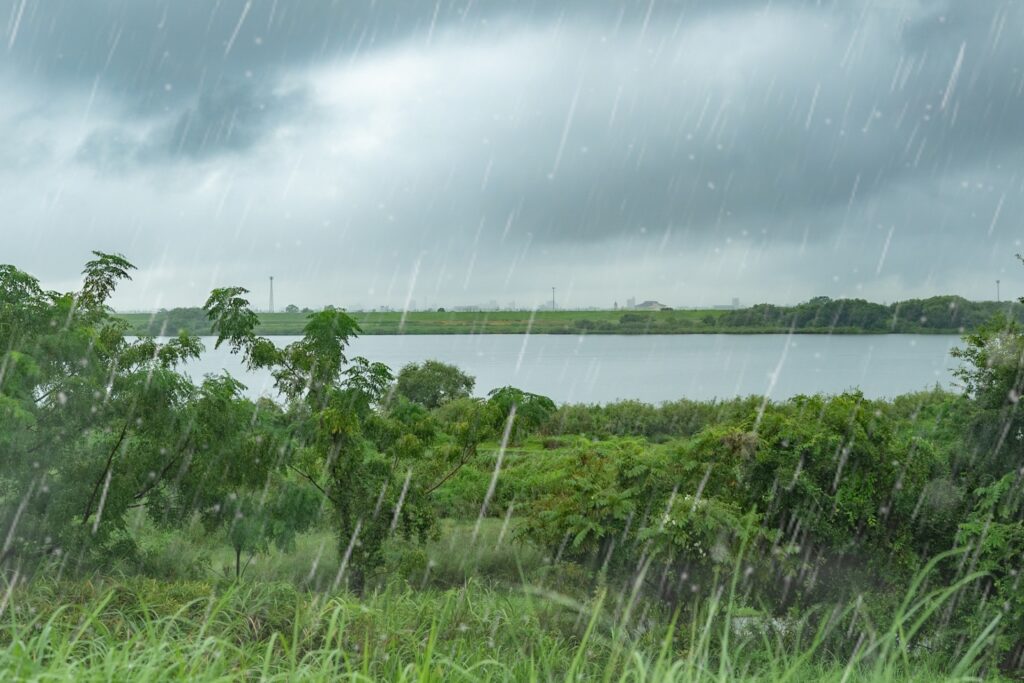
The intensity and duration of tsuyu vary significantly across Japan. In southern regions, such as Kyushu and Shikoku, tsuyu brings heavy rain that can sometimes cause flooding. In contrast, central areas like Kanto (Tokyo) experience more sporadic rainfall. Northern areas like Tohoku and Hokuriku see a milder version of tsuyu, which often extends well into July. This diversity offers travelers different experiences depending on their location, from the full-blown rainstorms of the south to lighter, more manageable showers in the north.
The Cultural Significance of Tsuyu in Japan
Tsuyu holds important cultural meaning and traditions in Japan, connecting nature and history.
Etymology and Traditions
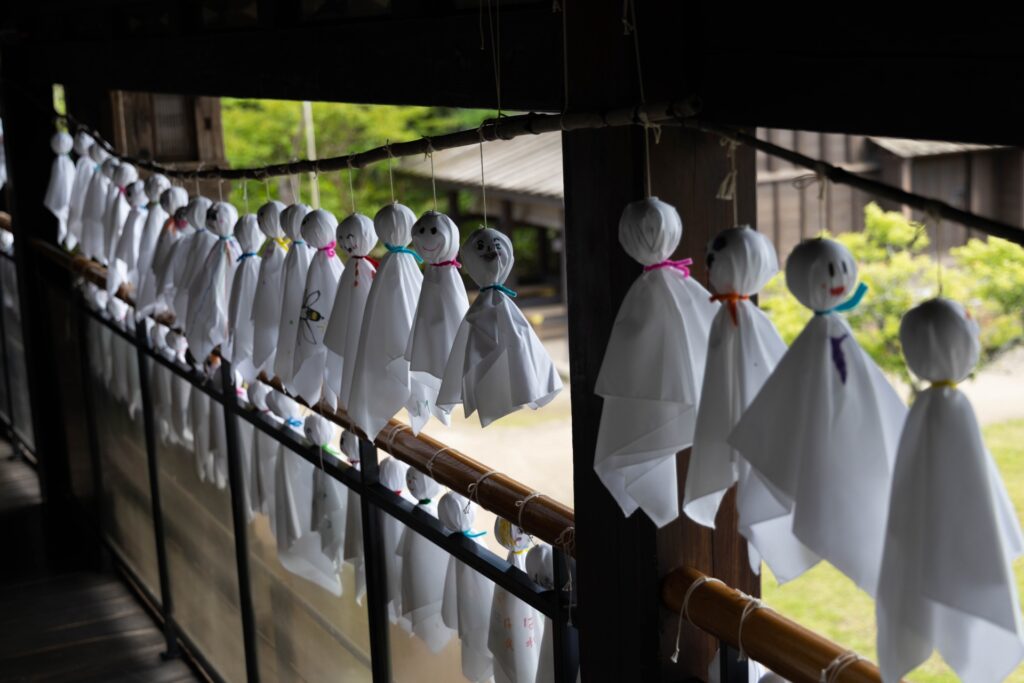
The term tsuyu means “plum rain,” referencing the season’s connection to the ripening of plums. This period is also steeped in cultural practices and superstitions. For instance, many households display teru teru bozu, small handmade dolls believed to bring good weather, especially before important events like festivals or outdoor gatherings. Traditional seasonal foods like minazuki, a triangular sweet made of rice flour and azuki beans, are eaten during this time to ward off bad luck.
Tsuyu and Hydrangeas
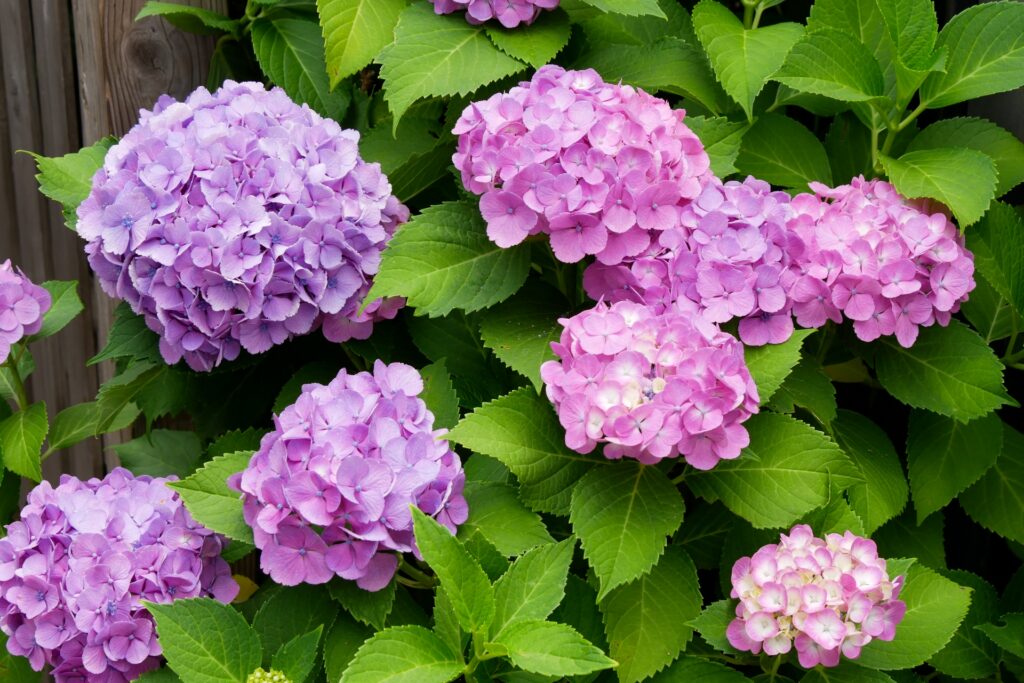
Tsuyu is synonymous with the bloom of hydrangeas, or ajisai, which thrive in the damp, misty air. These flowers are celebrated across Japan, with many temples and gardens hosting hydrangea festivals during tsuyu. For example, Kamakura and Kyoto are particularly famous for their picturesque hydrangea displays. The vibrant colors of the flowers—ranging from deep blues to soft pinks—add a striking contrast to the often gray, rainy skies, offering a refreshing sight for visitors.
How to Make the Most of Tsuyu: Activities and Experiences
While tsuyu brings rain, there are still many opportunities to enjoy nature and culture.
Outdoor Activities During Tsuyu
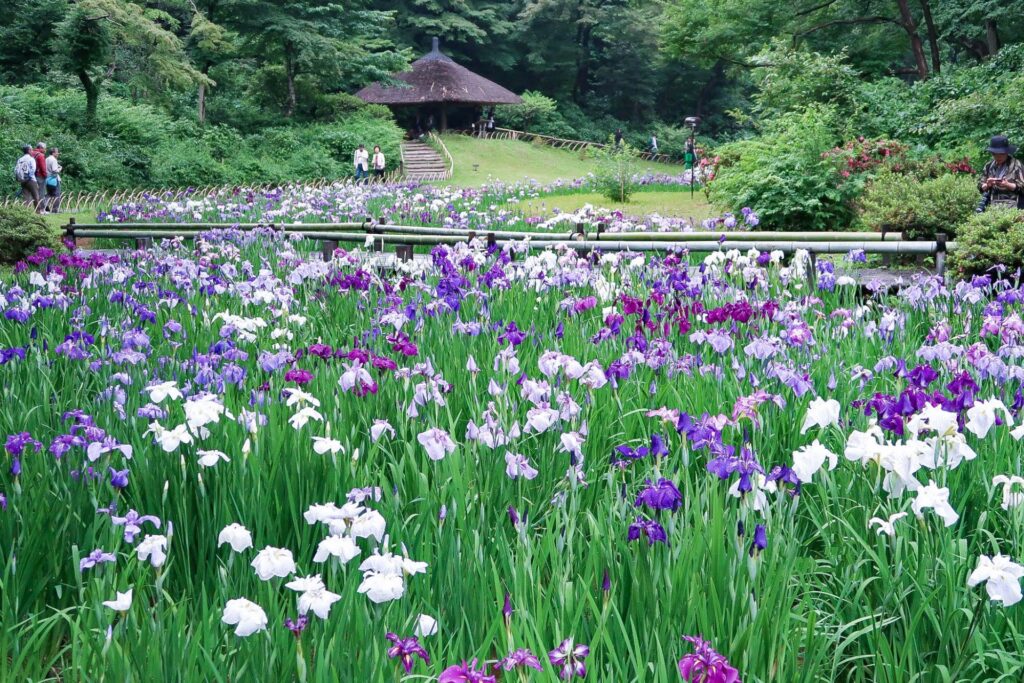
Despite the rain, there are many enjoyable outdoor activities during tsuyu. Tsuyubare, or sunny breaks during the rainy season, provide perfect opportunities for hiking or visiting gardens, where seasonal flowers like irises are in full bloom. Notable spots include the Meiji Shrine’s Iris Garden in Tokyo and the Mifuneyama Rakuen in Saga Prefecture, both of which offer stunning rain-soaked landscapes that photographers love to capture.
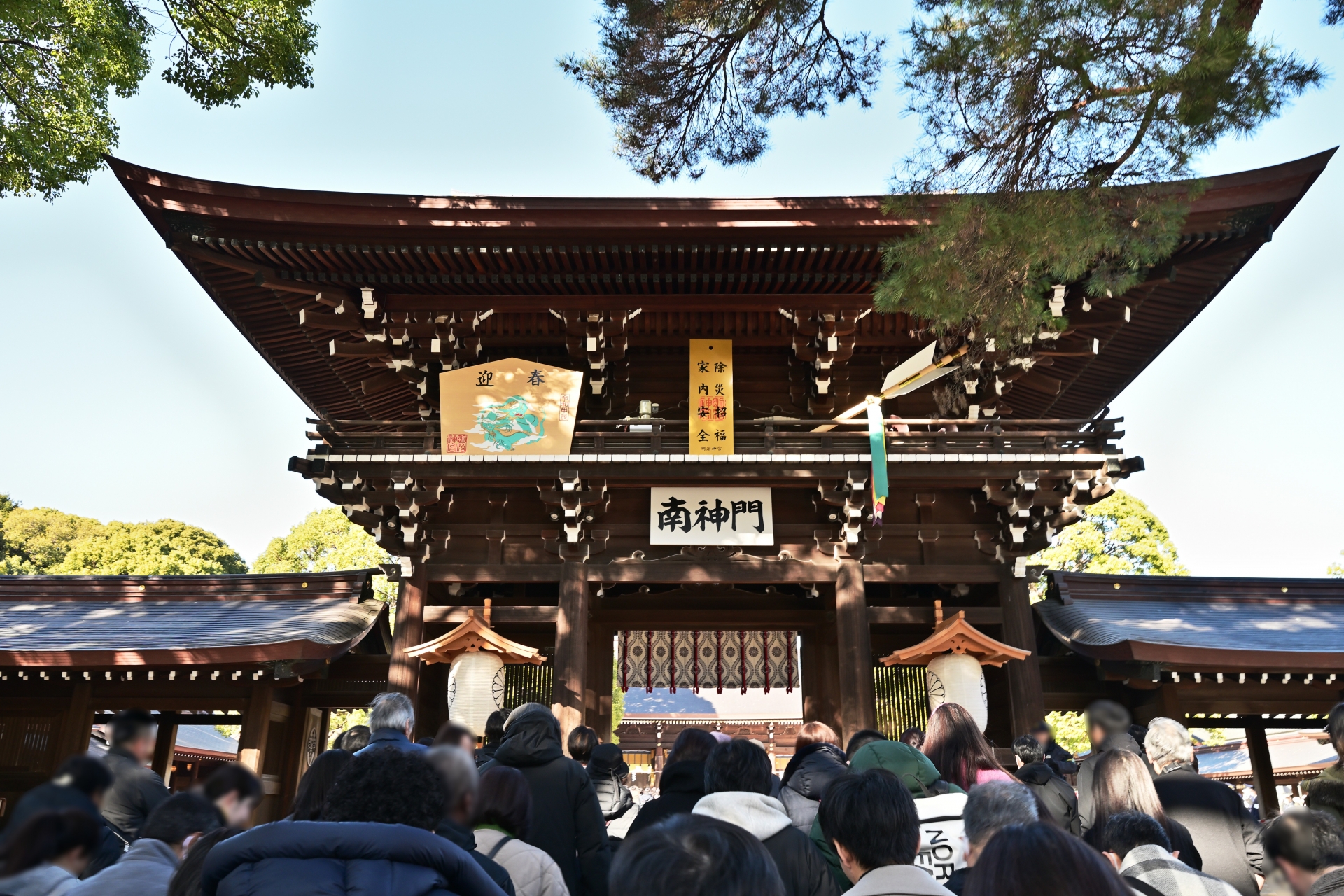
Indoor Activities and Cultural Exploration
For those days when the rain just won’t stop, there are plenty of indoor activities to enjoy. Museums, temples, and traditional tea houses provide refuge from the rain while offering rich cultural experiences. The Kyoto National Museum and Tokyo’s Edo-Tokyo Museum are excellent choices for those looking to explore Japan’s history and art. Many workshops, such as pottery and tea ceremony classes, also offer a deep dive into Japanese traditions, making tsuyu a perfect time to explore culture while staying dry.
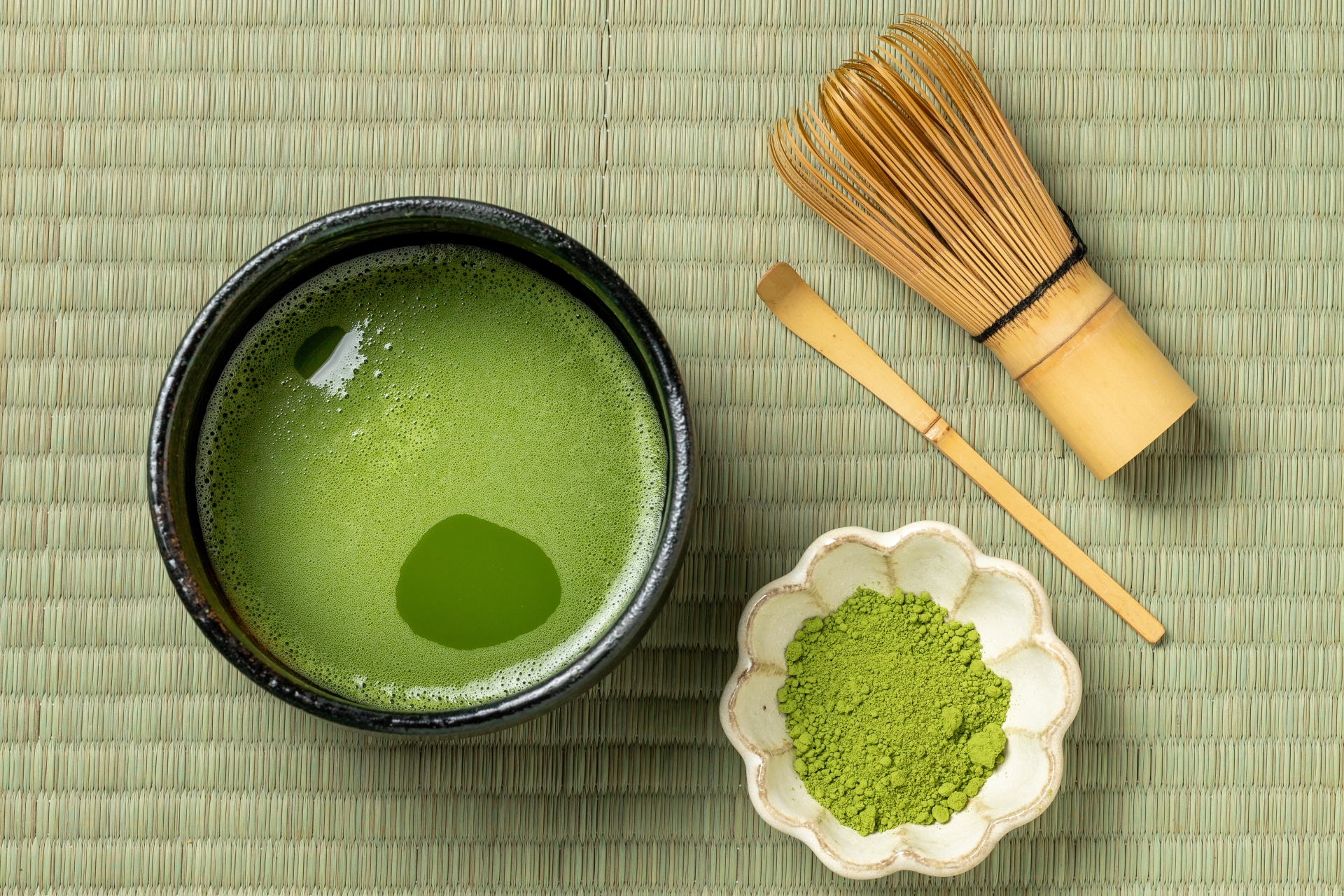
Practical Tips for Surviving Tsuyu
Surviving tsuyu requires proper preparation for managing both rain and high humidity.
How to Prepare for the Rainy Season
Living or traveling in Japan during tsuyu requires some practical planning. Waterproof clothing, such as rain jackets and waterproof shoes, are essential. High humidity also makes it necessary to manage moisture at home, with dehumidifiers being a common household item. For travelers, packing compact umbrellas, quick-dry clothes, and moisture-wicking footwear will help keep the rain from dampening your plans. Mold can also be an issue, so it’s vital to keep living spaces ventilated and dry.
Seasonal Foods and Special Treats
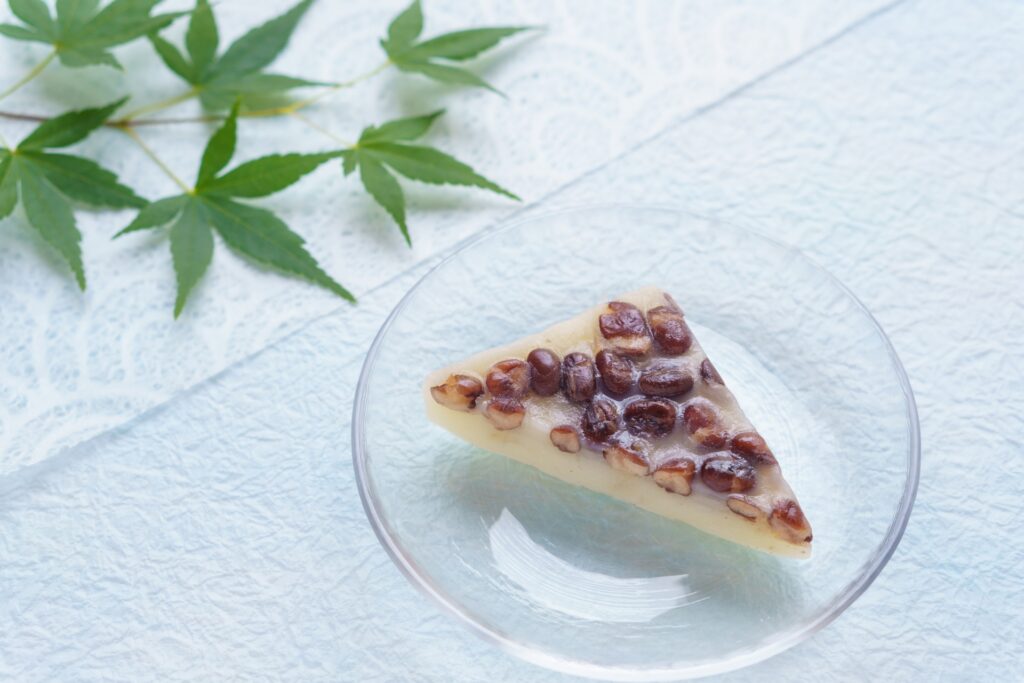
Tsuyu brings with it a variety of seasonal delicacies. The sweet minazuki is a wagashi traditionally eaten in June, said to protect against illness and bad spirits. Other foods, like hiyashi somen (chilled noodles) and refreshing kakigori (shaved ice), are popular during this time to combat the humidity and heat. Local festivals celebrating these treats are a must-visit for food lovers during the rainy season.
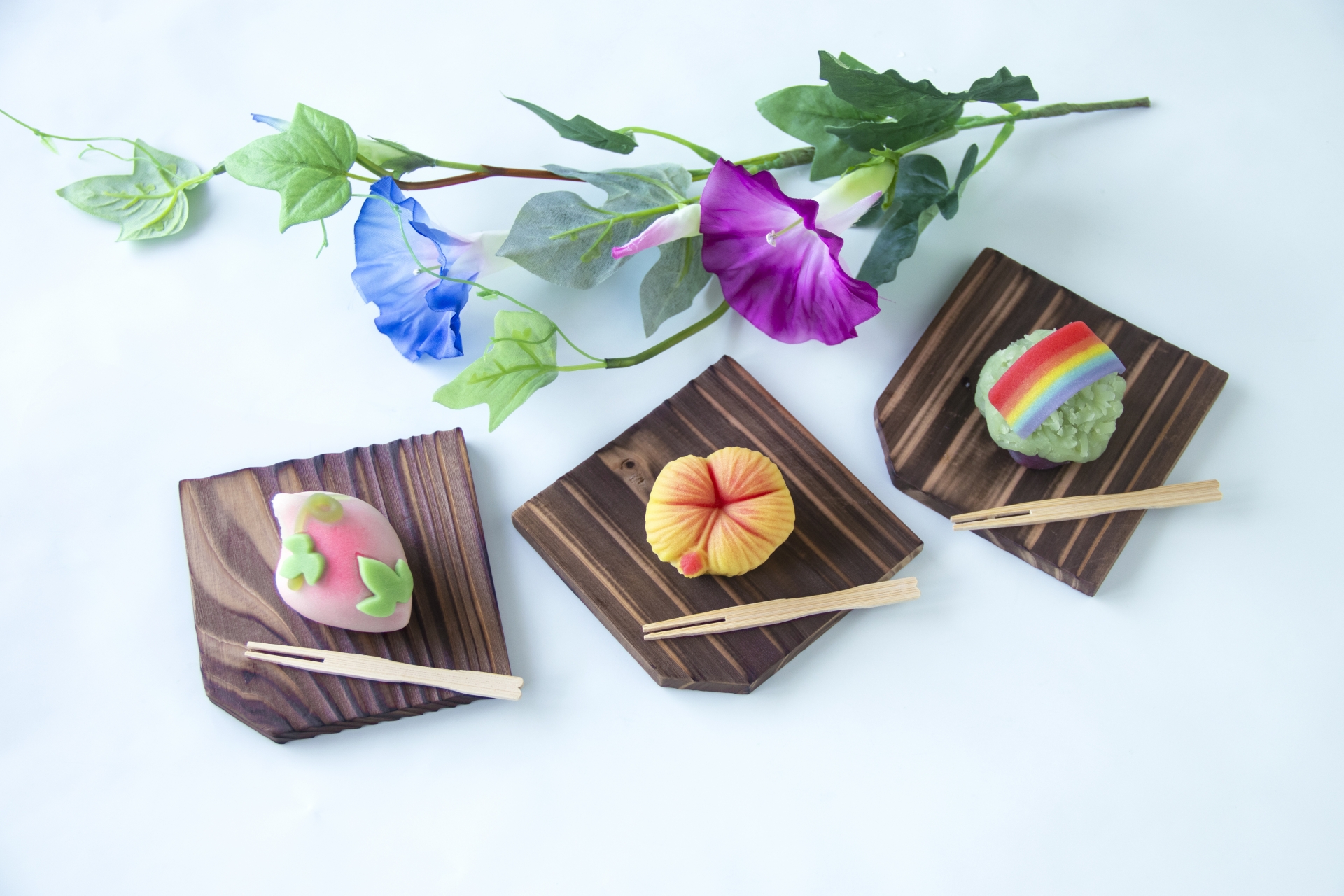
Hydrangea Festivals: A Highlight of Tsuyu
Hydrangea festivals are one of the most beautiful and anticipated parts of the rainy season.
Top Spots to View Hydrangeas

Japan’s hydrangea festivals are a highlight of the tsuyu season. Notable locations include Hakusan Shrine in Tokyo, which hosts an annual hydrangea festival featuring hundreds of varieties of these flowers, and Unshoji Temple in Akita, known for its lush hydrangea-covered grounds. Bloom schedules typically peak in mid-June, making this a perfect time for travelers to witness Japan’s natural beauty at its best.
Photography and Artistic Inspiration
The soft, misty atmosphere of tsuyu, combined with the vibrant colors of the hydrangeas, creates perfect conditions for photography. Photographers should visit early in the morning or late afternoon to capture the best light, with spots like Kamakura and Meigetsuin Temple being particularly scenic. The rain also brings out the vivid hues of Japan’s famous gardens, offering a rare, moody beauty that is perfect for artists looking to capture the essence of tsuyu.

